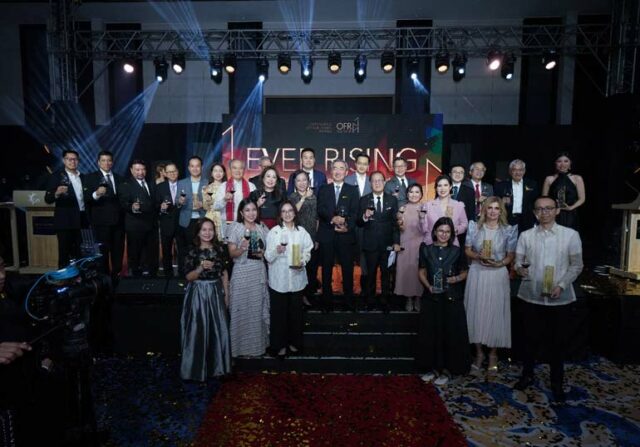Myanmar civil war fuels surge in cross-border drug trade, Thailand official says
BANGKOK, – Thailand has seen a surge in illegal drugs trafficked from neighboring Myanmar and a sharp increase in methamphetamines and heroin seizures, as a civil war adds fuel to the regional drug trade, a senior Thai counter-narcotics official said.
Apikit Ch.Rojprasert, deputy secretary-general of Office of the Narcotics Control Board (ONCB), said the northern region remains the main trafficking route into Thailand, with dealers going through the mountains or on the Mekong river to bring in methamphetamine tablets and crystal meth, also known as ice.
Thai authorities say organized crime networks have allied with militias and rebel groups to set up “super labs” in Myanmar’s Shan and Kachin States.
A junta spokesperson declined to comment for this story but Myanmar’s ruling junta has previously said it is committed to working with neighboring countries to tackle narcotics.
“Because of the armed conflict, the drug trade is one of the factors used to fund weapon purchases or drive the fighting forces,” Mr. Apikit told Reuters in an interview.
“We have to be vigilant about crimes that are linked to drug trafficking and work with neighboring countries.”
Myanmar is locked in a civil war, with the military fighting on multiple fronts and losing territory to an armed resistance movement loosely allied with several ethnic minority rebel groups. The military took over the Myanmar government in 2021.
Seizure of meth tablets in the first eight and a half months of this year in Thailand’s northern provinces of Chiang Mai, Chiang Rai and Mae Hong Son increased by 172% from the amount seized in all of 2023 to 346 million pills, ONCB data showed.
Seizure of crystal meth in those provinces increased by 39% over the same period to 6.48 tons, the data showed.
Heroin is also making a comeback with 327 kg (721 lb) seized this year, nearly seven times the amount seized in 2023.
STREET PRICE SLUMP
The political unrest in Myanmar has led to a surge and expansion of synthetic drugs production and trafficking as well as a resurgence of opium cultivation, according to United Nations Office on Drugs and Crime.
Despite the increase in seizures, the price of meth pills continues to fall in Thailand, suggesting far more volumes were eluding authorities than being stopped, Mr. Apikit said.
The average price of a meth tablet in Thailand was about 25- 30 baht ($0.78-$0.93), he said, compared with 80 baht ($2.49) in 2017 and was 200 baht ($6.21) in 2013.
General Narit Thanwornwong, commander of Thailand’s drug suppression unit in the northern border told Reuters his task force believed more than 50 million meth pills were waiting to be trafficked into Thailand.
He said only some armed groups fighting the Myanmar junta were involved in drug trafficking, while other organizations not party to the conflict were involved in production and trade.
The drug seizure in the three northern Thai provinces have all surged since the 2021 coup in Myanmar, with crystal meth increasing by 284%, amphetamine tablets by 201% and heroin by 77%, ONCB data showed. – Reuters



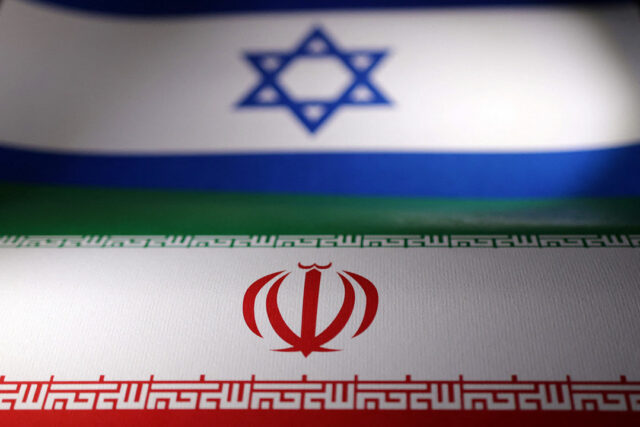

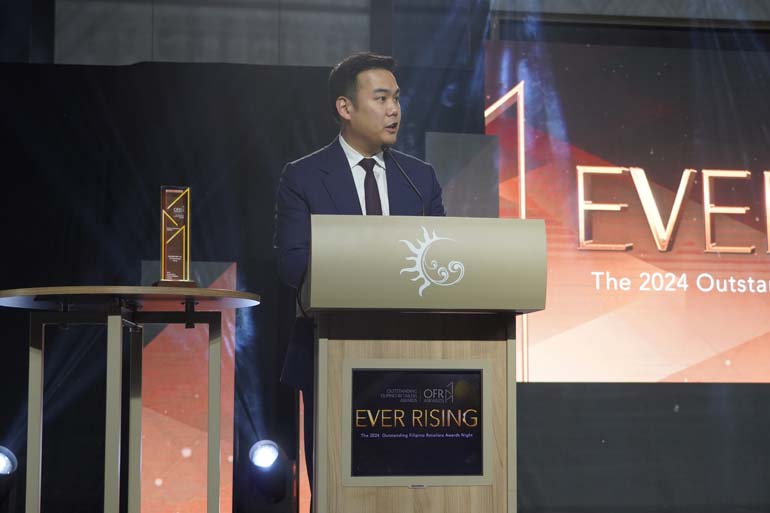


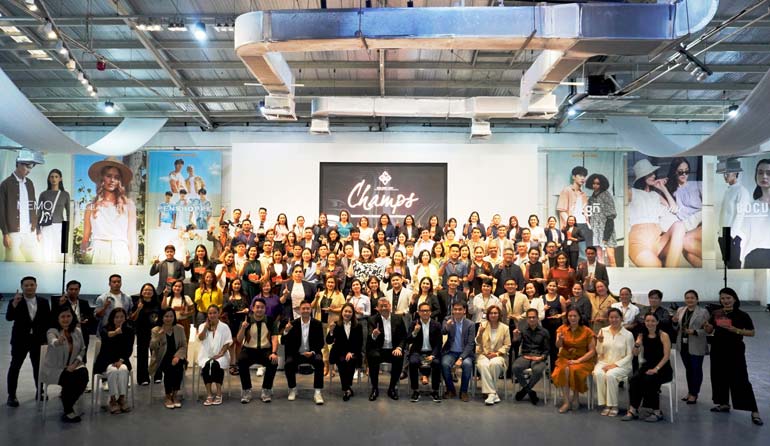
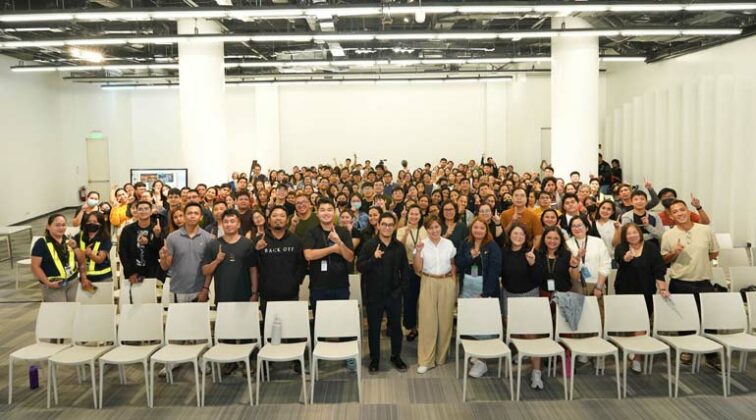


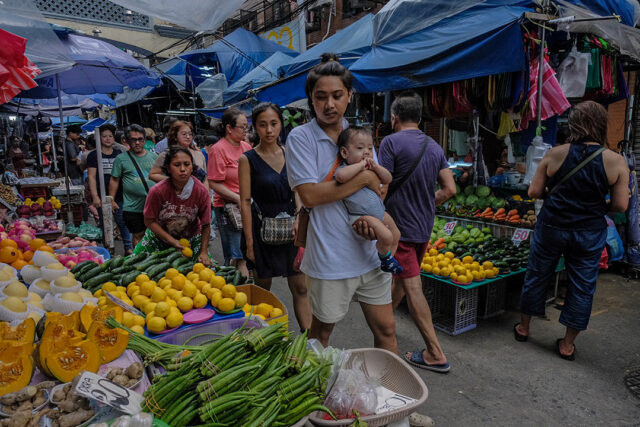
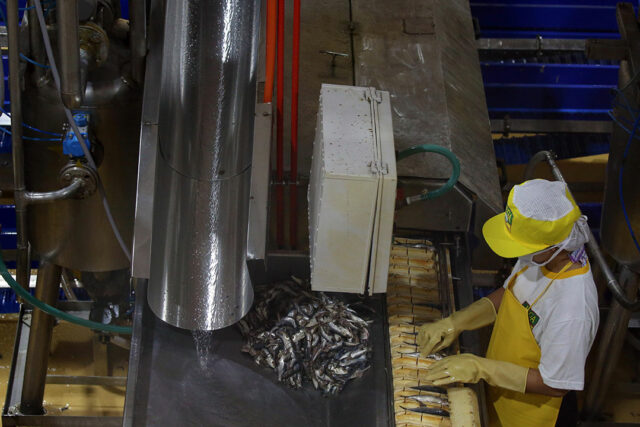





 ELENITA C. DELA ROSA always had an a
ELENITA C. DELA ROSA always had an a
